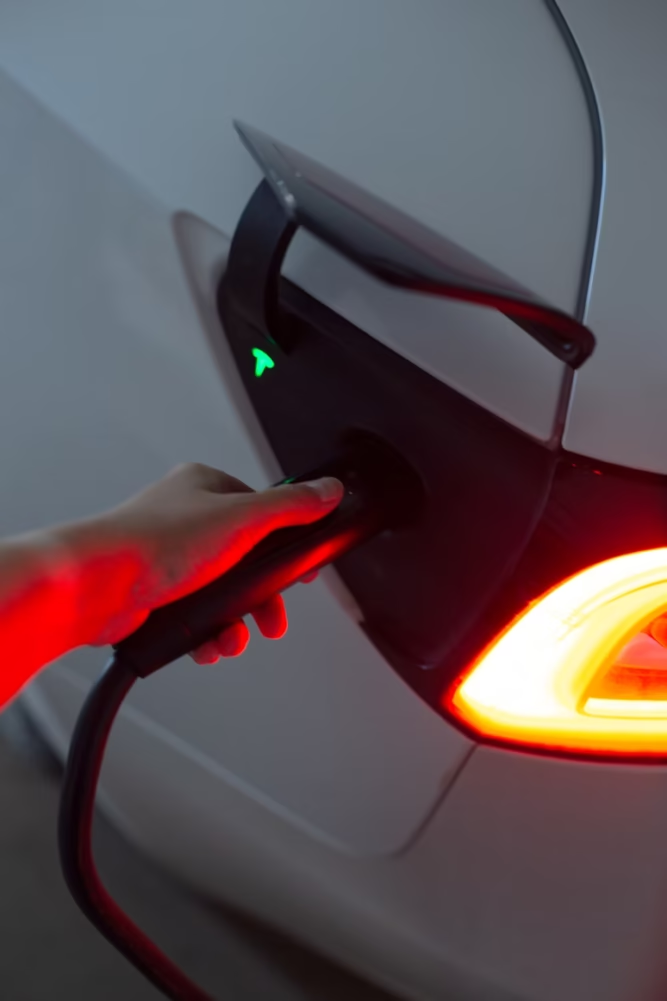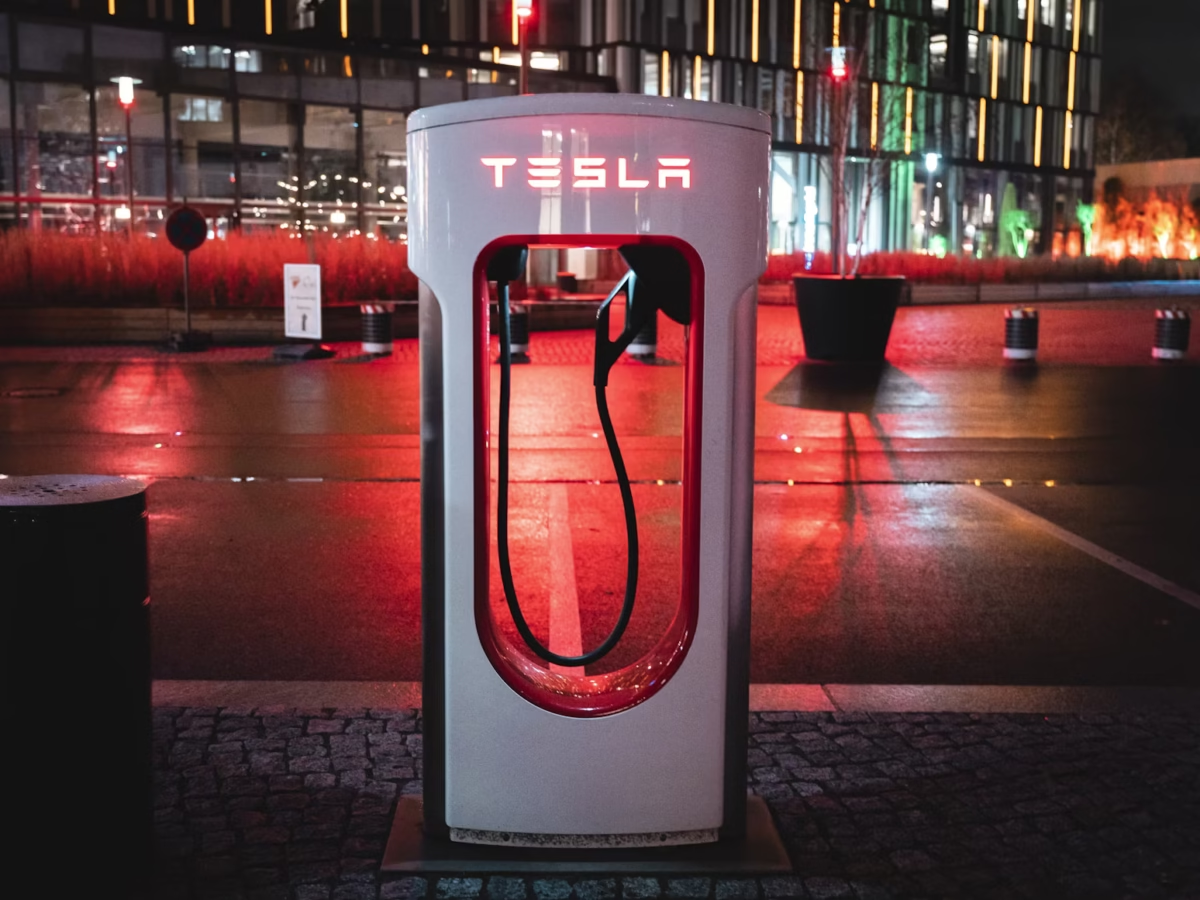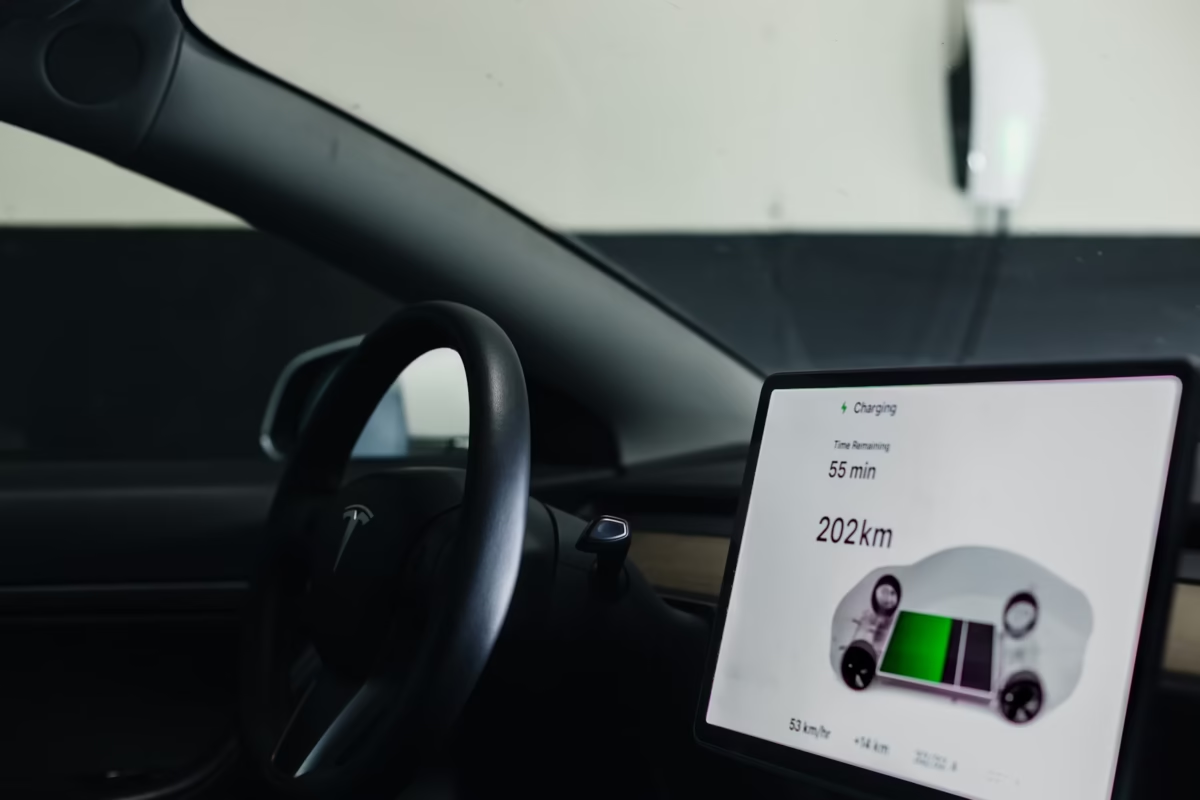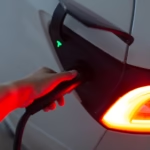
The Day Tesla Zapped the World Awake
Alright, so imagine this—September 22, 2020. Millions of people are glued to their screens, probably munching on popcorn, watching what’s basically the most insane science class ever. Elon Musk, in all his mad-genius glory, strolls out in front of a sea of investors and Tesla diehards, holding up what looks like a super-sized beer can. Except, surprise! It’s not your next IPA, it’s the 4680 battery cell, and Musk is about to drop a bombshell.
“This will enable a $25,000 Tesla,” he says, cool as you like. The crowd totally loses it, but honestly, most of them have no clue just how nuts this is. It’s not just about cheaper cars. Nope. This is about flipping our whole relationship with energy upside down.
That day? That’s when Tesla went all-in on its craziest bet yet. Not just building better batteries, but literally rethinking what energy storage even means. Fast forward five years—Tesla’s cranking out their 100 millionth 4680 cell. Yeah, let that sink in. The so-called “impossible” is basically yesterday’s news now.
But hey, to really wrap your head around this battery revolution, you gotta rewind a bit. Back to when a guy who helped build PayPal decided to pick a fight with an industry that hadn’t really changed since your great-great-grandad’s day.
The Great Battery Screwjob: Why Your Phone Always Dies and Your Car Drinks Gas Like a Fish
So here’s the deal. For, like, 150 years, people were stuck with this annoying reality: we could make electricity, but storing it? Yikes. Still using lead-acid batteries from the 1800s in our cars—no joke. Lithium-ion batteries hit the scene in ’91 and, sure, they were a big deal for a hot minute, but then… meh. Prices stayed high. Progress flatlined.
And don’t think that was some quirky accident. Oil giants? They’re not exactly lining up to make gas obsolete. Car companies? They loved their gas guzzlers—ka-ching, more service money. Battery makers? Happy to just drip-feed minor upgrades so you’d keep buying new stuff. Basically, everyone was milking the status quo for all it was worth.
That’s how we got stuck in the “Great Energy Stagnation.” Everything else—computers, internet, phones—just kept getting faster, stronger, better. But batteries? Barely budged. The battery in your smartphone isn’t that different from what powered a Model T. Feels a little embarrassing, right?
And this wasn’t just an inconvenience. It was a full-blown crisis. Climate change is breathing down our necks, screaming for a switch to clean energy, but solar and wind are super flaky. No game-changing battery tech? Kiss the clean energy dream goodbye.
Cue Tesla, smashing through the wall of “meh” and dragging the whole energy world into the future, whether it liked it or not.
The Laptop Battery Hustle: When Elon Musk Hit Up Best Buy
Back in 2003, Tesla was basically a punchline. Their big idea? Shove a bunch of laptop batteries into a car. Car engineers rolled their eyes so hard, I’m surprised they didn’t fall out. Conventional wisdom was: You need huge, heavy, custom batteries for electric cars. Expensive as hell, weighed as much as a small hippo, and the range? Forget it—barely enough for a coffee run.
But Tesla’s crew—first Martin Eberhard, then Musk—spotted something the old guard totally missed. Those cheapo lithium-ion batteries from your phone and laptop? They were riding this wild cost-cutting rollercoaster, thanks to the electronics boom. While car companies burned cash on fancy, bespoke batteries for tiny production runs, Tesla basically piggybacked on billions of dollars in phone R&D. Genius, honestly.
So, the first Tesla Roadster? Stuffed with 6,831 laptop cells, about the size of AA batteries. Old-school carmakers scoffed—like, “Good luck building a supercar out of Duracells, dude.” But then the Roadster smoked Ferraris and Porsches in drag races, pulling 0-60 in under four seconds and going 200+ miles on a charge. Suddenly, the joke’s on them.
The real kicker? Tesla proved a game-changing point: the best advances don’t always come from the usual suspects. And if you can build at scale? You eat your competitors for breakfast.

Alright, so here’s the real story—while everyone else was busy drooling over those robot arms at Tesla flinging car parts around like they’re auditioning for the next Transformers movie, there was this whole underground battery brawl going on. Seriously, people barely noticed. Those OG lithium-ion packs? Yeah, they were neat and all—basically a monster laptop battery jammed under your car seat. But let’s be honest: they aged like milk, occasionally caught fire if you sneezed too hard, cost as much as an organ on the black market (thanks, cobalt), and charging them? Hope you brought a book, or three.
Inside the Tesla lab, you had mad geniuses like Jeff Dahn (dude’s basically the Gandalf of battery tech) and Drew Baglino cooking up new science. Not just “let’s tweak this and call it a day” kind of stuff—nah, they were rewriting the definition of what a battery even is. First major “holy crap” moment? Nickel-cobalt-aluminum, or NCA. Suddenly, you’ve got way more power, less of that wallet-destroying cobalt, and—bam—the Model S is doing over 400 miles. Range anxiety? Get outta here.
And did they stop and pat themselves on the back? Please. Next chapter: lithium iron phosphate (LFP). Sure, LFP packs aren’t going to win any drag races, but they’re basically indestructible, way safer, and—wait for it—ZERO cobalt. Like, none at all. The 2025 Model Y base? 62.5kWh of pure LFP goodness. Tesla’s strategy isn’t “pick a winner,” it’s “own the racetrack.”
Rumor mill says they’re not done getting weird, either. Word is, aluminum-ion batteries might crash the party in the 2025 Model Y. If that happens, lithium’s going to look about as modern as your grandma’s flip phone. Think: charging in minutes, batteries that outlive your last three relationships, prices you don’t have to sell a kidney for.
And every time they roll out a new battery tech, it’s not just a little bit better—it’s more like, “Hey, what if we just tossed out the rulebook and started over?” Tesla isn’t here to make small upgrades; they’re here to mess with everyone’s idea of what a battery even is.
Now, let’s talk about the 4680 cell. This is where things really go off the rails. By 2020, Tesla was already killing it, but Elon? Guy’s thinking about Mars, 20 million cars a year, solar everything—you know, just regular Tuesday stuff. “Minor improvements” weren’t gonna cut it.
So, what do they do? Blow up the playbook and design a battery cell that’s massive—46 by 80 millimeters. But it’s not just a bigger can; it’s a different animal. Maxwell’s dry-electrode tech means no more nasty solvents, fatter electrodes, and way cheaper to build. That’s not just cool, that’s a flex.
Here’s the wild part—the 4680s don’t just sit in a box under the car. They’re baked into the car’s frame, like the bones in your body. That means way fewer random parts, a stiffer ride, and a battery pack that’s basically structural. Engineers are probably high-fiving nonstop.
And Elon? Throwing out stats like confetti—20% lower costs, 35% less cash tied up in gear, 70% smaller factories. If it all lands? Teslas get cheaper, faster, and everyone else is left playing catch-up.
Was it all smooth sailing? Yeah, right. After grabbing Maxwell for that dry tech, Tesla spent years wrestling with the factory gremlins. Delays, headaches, the usual startup chaos. But they powered through, doubled output, and just crossed 100 million 4680 cells built. That’s not just a big number—that’s Tesla standing on the table, yelling, “Look what we did!” while the rest of the industry tries to figure out what just happened.

Alright, here’s how it really went down—while everyone had their eyes glued to those shiny Teslas and the meme-worthy Cybertruck circus, Elon and his squad were low-key building an absolute battery juggernaut. Seriously, one day we’re all “ooh, self-driving cars!” and the next thing you know, the battery business is making the car division look like a lemonade stand run by toddlers.
That battery tech inside every Tesla zipping around? Yeah, just supersize it, stack a bunch together, and suddenly—boom—you’re holding the master key to the renewable energy universe.
It all kicked off pretty mellow with the Powerwall. Cute little home battery, just chilling on your wall, sipping sunlight and keeping your fridge alive when the grid bails. But then Tesla dropped the Megapack. Now we’re talking—this is the big dog. Grid-scale backup, city-sized muscle. Power goes out? Megapack’s like, “Relax, I got this.”
And get this—just in Q1 2025, Tesla unleashed 10.4 GWh of these things on the world. That’s a 154% jump over last year. That’s not a small bump, that’s a rocket ship. Forget about Wall Street hype; this stuff is literally the backbone of the “clean energy future” everyone’s been hyping since, like, the ‘90s.
Remember the Hornsdale battery farm in Australia? The one that turned the energy old-timers into spluttering memes? 194 MWh, powering 30,000 homes for an hour. When they flipped the switch in 2017, all those fossil fuel execs probably had to double up on their blood pressure meds. Megapack steps in, grid hiccups vanish in milliseconds. Coal plants? Please. This is like comparing dial-up to gigabit fiber.
After that, utilities everywhere lost their minds trying to copy-paste the idea. Suddenly, skeptics are lining up to buy batteries, and governments are throwing out storage mandates like they’re party favors. “You get a battery, you get a battery!”—it’s straight-up Oprah.
Here’s what melts my brain: Tesla’s battery biz is growing even faster than the cars. Imagine every single wind farm, solar field, and city grid needing a battery backup. That’s endless demand. It’s like Olive Garden breadsticks, but for electrons.
And, as if that’s not wild enough, Elon’s not even stopping at Earth. The same battery tech? Yep, he wants it on Mars. Gotta keep those Martian potatoes alive, right? Survival, but make it Tesla-branded.
Now, about building these batteries—old factories were a mess. So many steps, so many workers, conveyor belts that go on forever. Tesla just flipped the table. They basically said, “What if we just made it all one smooth flow?” Enter the dry electrode process. Total game-changer, slices out steps, cleaner, cheaper, faster.
Their factory setup is wild. Instead of a jigsaw puzzle of rooms, it’s just—raw materials go in, batteries slide out. That’s it. Less waste, less cost, more speed. By 2025, everyone else is gonna be scrambling to catch up, while Tesla’s chilling at the finish line, waving.
And they’re keeping it green, too—factories running on renewables, barely any waste. Turns out, saving the planet sometimes actually pays off.
But here’s the kicker—it’s not just batteries. This “streamline everything” mindset? They’re throwing it at cars, solar panels, even SpaceX rockets. It’s not just products—they’re rewriting the rulebook for making stuff, period. Industrial Revolution 2.0, but with less smog and way more Twitter drama.







Leave a Reply